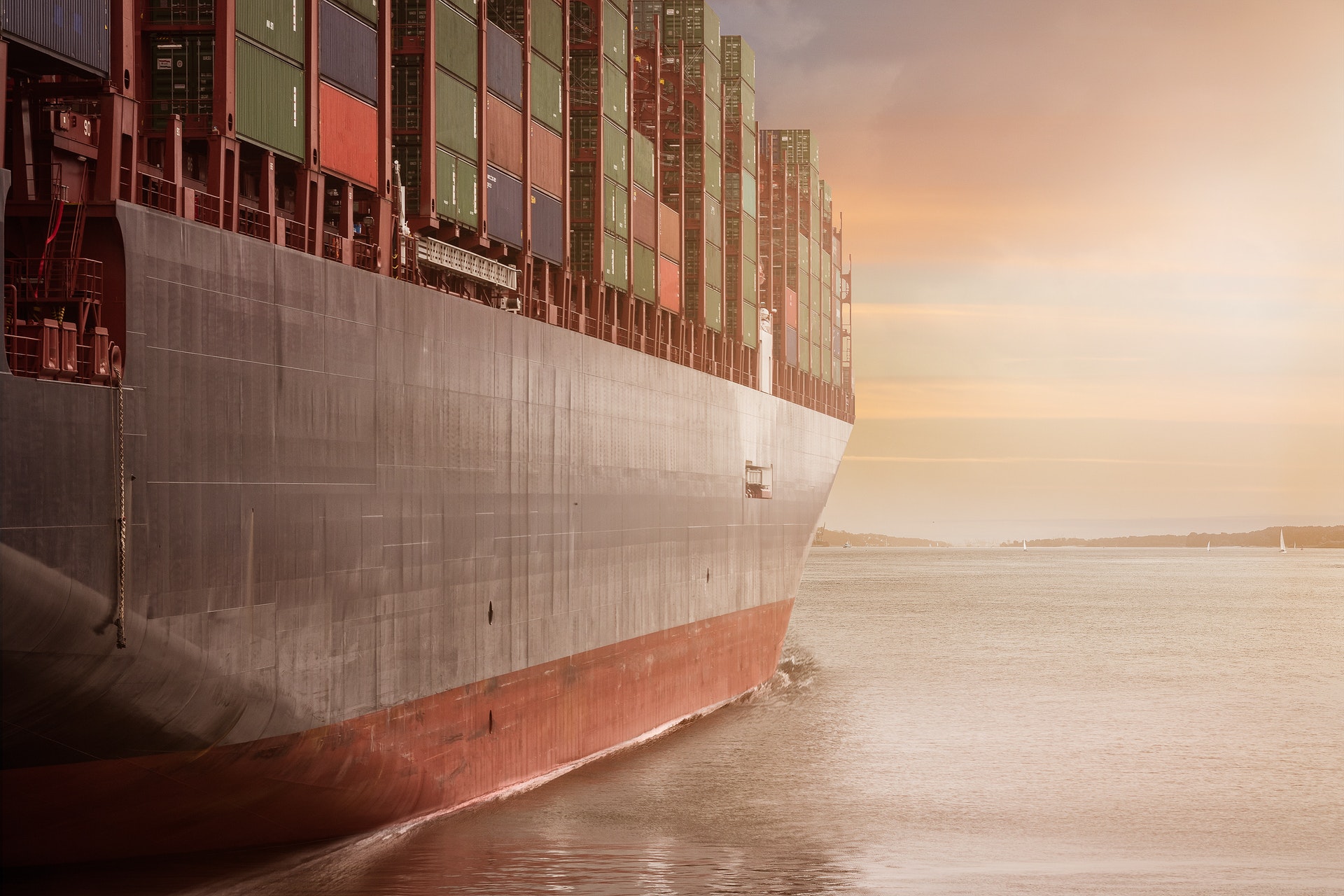Shipping & Logistics Trends of 2021
2020 was a disruptive year for shipping & logistics. Problems in supply chains at every level and numerous demand shocks changed the nature of the industry profoundly, forcing adaptations and renewed flexibility like never before. In 2021, we’re still feeling the after-effects of the crisis, and it’s forcing firms to rethink their operations.
In this post, we investigate some of the top shipping & logistics trends of 2021.
Delivery Times Will Normalize
In 2019, the average international delivery time was around 5 days. Domestically, it was an incredible 1.5 days. In 2020, though, shipping times got as high as 16 days for international shippers and 3.2 days for domestic.
Analysts predict that the situation will normalize somewhat in the coming year, with delivery times once again approaching their pre-pandemic norms. Data suggest that international delivery times will fall to ten days, and domestic to two days. Partly, this process is occurring because of a return to regular operations and partly because companies in the supply chain are reacting better to uncertain circumstances.
eCommerce Buyers Remain Concentrated In Specific Markets
eCommerce buyers remain concentrated in specific markets around the world, including the US, UK, and Australia. Data suggest that around 12 major markets globally make up more than 77 percent of eCommerce buyers, despite only representing around 20 percent of the global population.
Drone Deliveries Are Ready To Get Going
For years, shipping & logistics companies have been talking about how drones will change the last mile of delivery. And yet, services are still waiting to get off the ground.
However, regulatory hurdles are diminishing. In August 2020, the FAA approved the concept of low-altitude drone delivery in the US, meaning that commercial drones are now permitted to fly over urban environments to deliver packages over the last mile.
The technology needs to develop a little more on the hardware side, but it seems like drones will begin making an appearance later on in 2021 for the first time in select locations.
Green Shipping
Transporting goods around the world to various markets emits a lot of pollution and CO2 into the atmosphere. Large tankers and carrier ships are economically efficient, but use vast quantities of diesel to get to their destinations.
In the future, green shipping will involve changing both the type of fuel vehicles use (switching to electric) and using more sustainable, compostable, or biodegradable packaging. New technologies will also help cut traffic and miles covered by using software to optimize delivery routes.
Higher Shipping Costs
The costs of shipping may rise in 2021. During 2020, fees for ship containers leaving ports in Asia doubled on average, according to MarketWatch reports.
We’ve also seen container shortages and blockages in ports that have pushed prices up even further. Demand for shipping materials continues to outstrip supplies, pushing up prices. These added frictions could lead to more domestic supply provision and increased freight traffic within economic blocs.
Reducing shipping costs requires choosing the right shipping partner for your operations.

